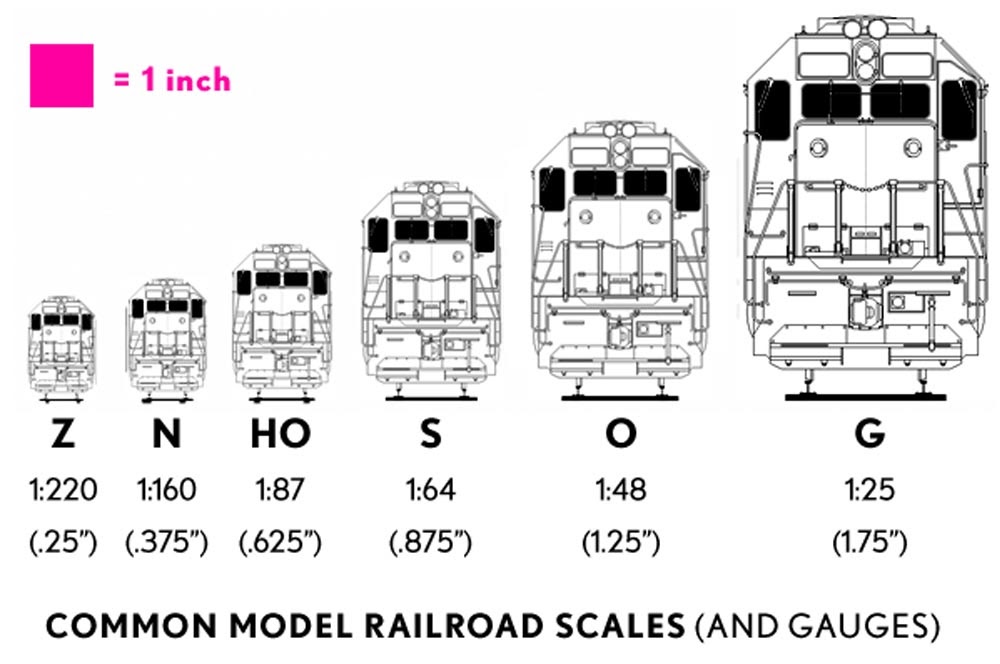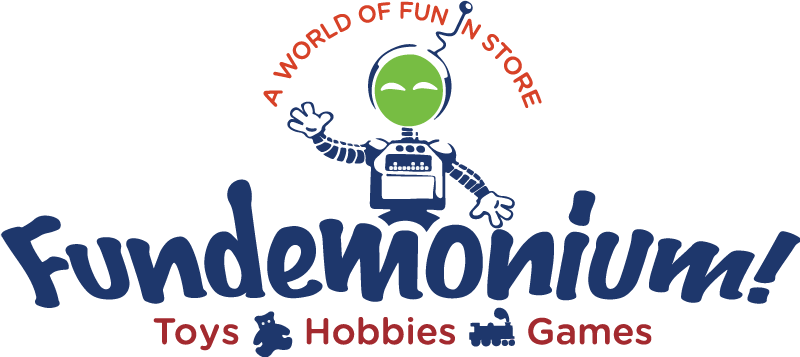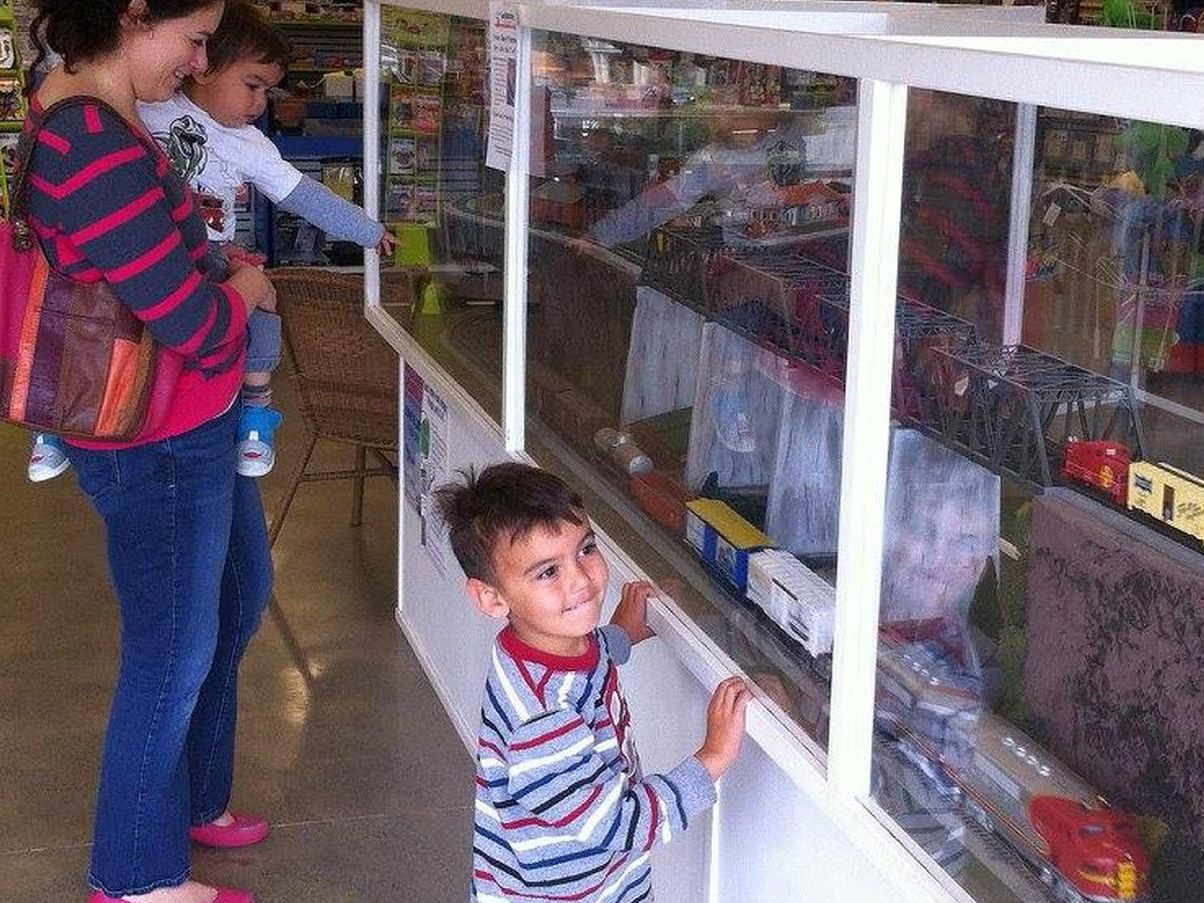Model railroads as a hobby have been popular for more than 150 years.
This is not too surprising since real-world railroads have been chugging along for only a bit longer than that!
At first, the model trains were not constructed to any one scale or standard. In fact, they were made more as stand-alone toys with no way for different trains to work together. However, over time standards were set for toy trains and manufacturers chose to build to common scales.
Scales, Gauges, and Trucks
If you’re new to the railroad modeling hobby, the plethora of strange terms can be a bit bewildering. However, there are just a few basic terms you need to know when you start. (And you don’t have to learn all the others in order to have fun with our model train kit!)
But a good one to start with that you should know is “scale.”
Scales of Model Trains
Here’s a good description from Railroad Model Craftsman,
“Model trains come in many different sizes, called “scales.” The scale of a model is its relative size in proportion to the real thing (called the “prototype”). For instance, HO scale models are 1/87th the size of the real thing. If you had an HO scale model of a forty-foot boxcar, you would need 87 of them to match the length of the real thing.”
As it turns out, of the six or so common model railroad scales available, the HO scale is the most popular in the world. Much of this popularity stems from the fact that its size lends itself to pleasing detail in the model trains and cars, as well as allowing for a substantial railroad layout to be had without taking up too much room.
And, speaking of layouts, that brings us to a second term you might need to be familiar with: “gauge.”
Gauge of Model Trains
Simply put, the gauge is the distance between the rails of a railroad track. In the real world, our standard gauge is four feet, eight and a half inches, measured inside-to-inside between the rails. For HO model trains, this works out to a scaled-down track gauge that is only .625″ wide.
And, in case you’re wondering, HO is actually one of the smaller scales available.
Here’s a great illustration for comparison of the most common model railroad scales:

(Image courtesy of rrmodelcraftsman.com)
Roughly speaking, the massive G Scale models and track are almost three times larger than the much more popular HO scale pieces. While the G and the slighter smaller O scales layouts are impressive, they do tend to take up quite a bit of space.
On the other end of the scale (pun intended!) There are the Z scale models that are minuscule in comparison. The gauge for these little guys is only a quarter of an inch wide, but a Z scale layout takes up relatively little space and could even fit on a large tabletop.
And, for most hobbyists, space is at a premium, which is another reason for the popularity of the HO scale.
Trucks for Model Trains
“Okay,” you may be thinking, “but what do trucks have to do with trains?”
Trucks, in train lingo, are the wheels, axles, bolster and side frame structures that provide the rolling portion of a train car or locomotive.
Trains, Tracks, and Trestles
In today’s model train kit world, “ready-to-run” sets are the standard for most hobbyists. These are boxed sets of train engines, cars, and tracks that are ready to set up and run “out of the box.”
At Fundemonium you can choose from a wide variety of train styles and scales for ready-to-run sets to have you driving your own train in no time!
What do Model Train Ready-to-Run Sets Include?
But for many model train enthusiasts, the real fun is in planning and creating the layouts. And the layout can be much, much more than the train tracks. In fact, the layout includes all:
- scenery
- buildings
- people
- vehicles
- bridges or trestles,
- other structures or elements
- locomotives and cars of a model railroad
And we have a huge selection of parts and materials for constructing your fabulous model train layout with either ready-made structures or with elements built from scratch. One of the joys of model railroading is that it incorporates the aspects of model building, diorama construction, and the interactive fun of a real, controllable train.
Model train kits can be used by kids from as young as four or five to eighty-five!
How Big are Model Train Layouts?
A simple, boxed, ready-to-run set can take up as little as 4×4 feet of floor space or less with a nicely detailed HO set fitting on a 4×8 foot sheet of plywood.. But, if you have the room, you can also add to your initial set over time to create an even more elaborate layout. And today’s sets are typically run with an easy to use the remote control as opposed to a hard-wired control panel.
Model train kits are a traditional staple for Holiday gift-giving and the affordability, quality, and selection make them a great choice still.
Model Train Kits: Engineered for Hours of Indoor Fun!
Model train sets are just the thing for those cold, wet winter days (and nights!) to keep your kids – and yourself – delightfully occupied.
At Fundemonium we love to provide fun and we’re more than just a toy, hobby, and game store. We are a family fun experience, a place where families and hobby enthusiasts of all ages can meet and play.
At Fundemonium we offer a safe and friendly place where adults and children of all ages can experience creative fun, a great selection of toys, games, and hobbies for your entire family, and a knowledgeable and friendly staff concerned with helping you have fun.
We do our best to quickly respond to inquiries about model train kits (and other toys!) through our website, and you can also get an answer to your question by calling us.
If you’d like to speak directly with one of our Fundemoniacs during our business hours, you can call us at (707) 540-0701.
Thanks, and we’ll see you soon!

